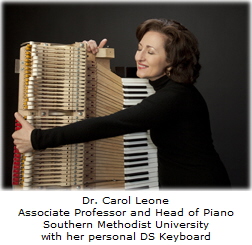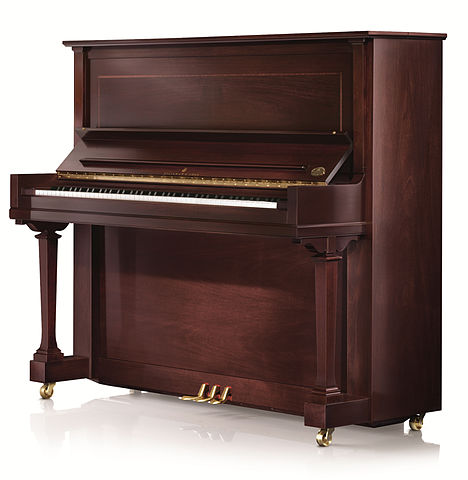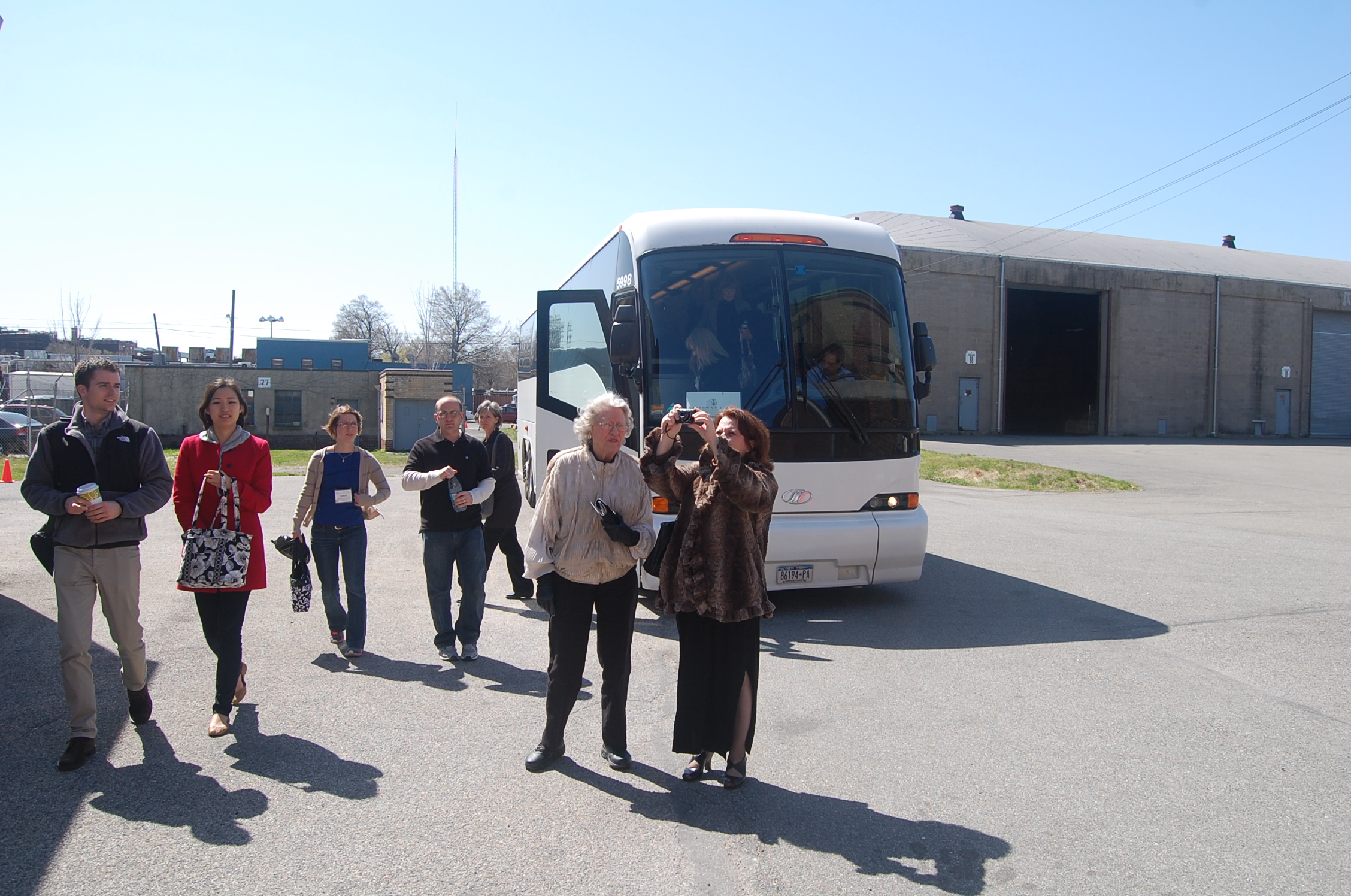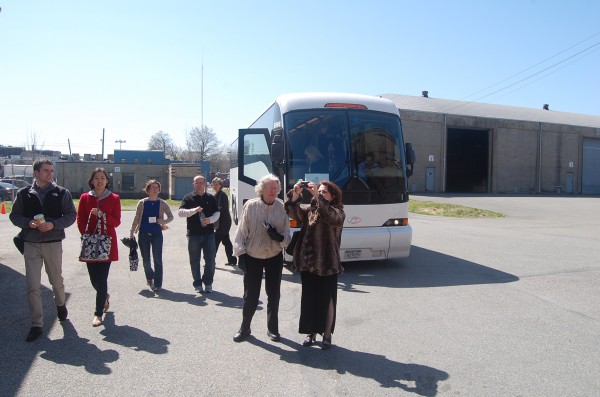The next session of the OhioMTA conference that I attended was an absolutely fascinating session given by Dr. Carol Leone and David Steinbuhler, entitled: “Increasing Performance Potential: The Reduced Sized Piano Keyboard.” I had heard of reduced sized keyboards before, but never really understood the reasoning behind it or the advantages. I was so intrigued by what I learned! Read on.
 Dr. Leone began by discussed hand sizes. When you think about it, the piano is an instrument designed for those with large hands. 100% of children across the globe are playing pianos that don’t fit their hands. (For violin, there are 1/2 and 3/4-sized instruments for children. For piano, we are one-size-fits-all.)
Dr. Leone began by discussed hand sizes. When you think about it, the piano is an instrument designed for those with large hands. 100% of children across the globe are playing pianos that don’t fit their hands. (For violin, there are 1/2 and 3/4-sized instruments for children. For piano, we are one-size-fits-all.)
The piano did not always have the same key size that is standard today. The harpsichord has much smaller keys, as do many fortepianos. They also had a much lighter action.
Injuries at the piano are at an all-time high, largely because of the demands of Romantic/Modern/Contemporary repertoire (large chords, octaves, etc.). Pianists with small hands are limited in the repertoire they can play, and are injured much more frequently than those with medium or large hands. Most of the pianists with small hands are probably women — their hand size is on average 15% smaller then male hands. It is not an exaggeration to say that only about 10% of hands actually fit to the conventional keyboard. Continue reading “OhioMTA 2012 Conference (4): Reduced Sized Keyboards, by Carol Leone & David Steinbuhler” →
 At our last Forum Q&A, I asked about what piano books you studied from as a child. It was so fun reading all the responses! Read the comments here on the blog and here on the facebook page.
At our last Forum Q&A, I asked about what piano books you studied from as a child. It was so fun reading all the responses! Read the comments here on the blog and here on the facebook page.





